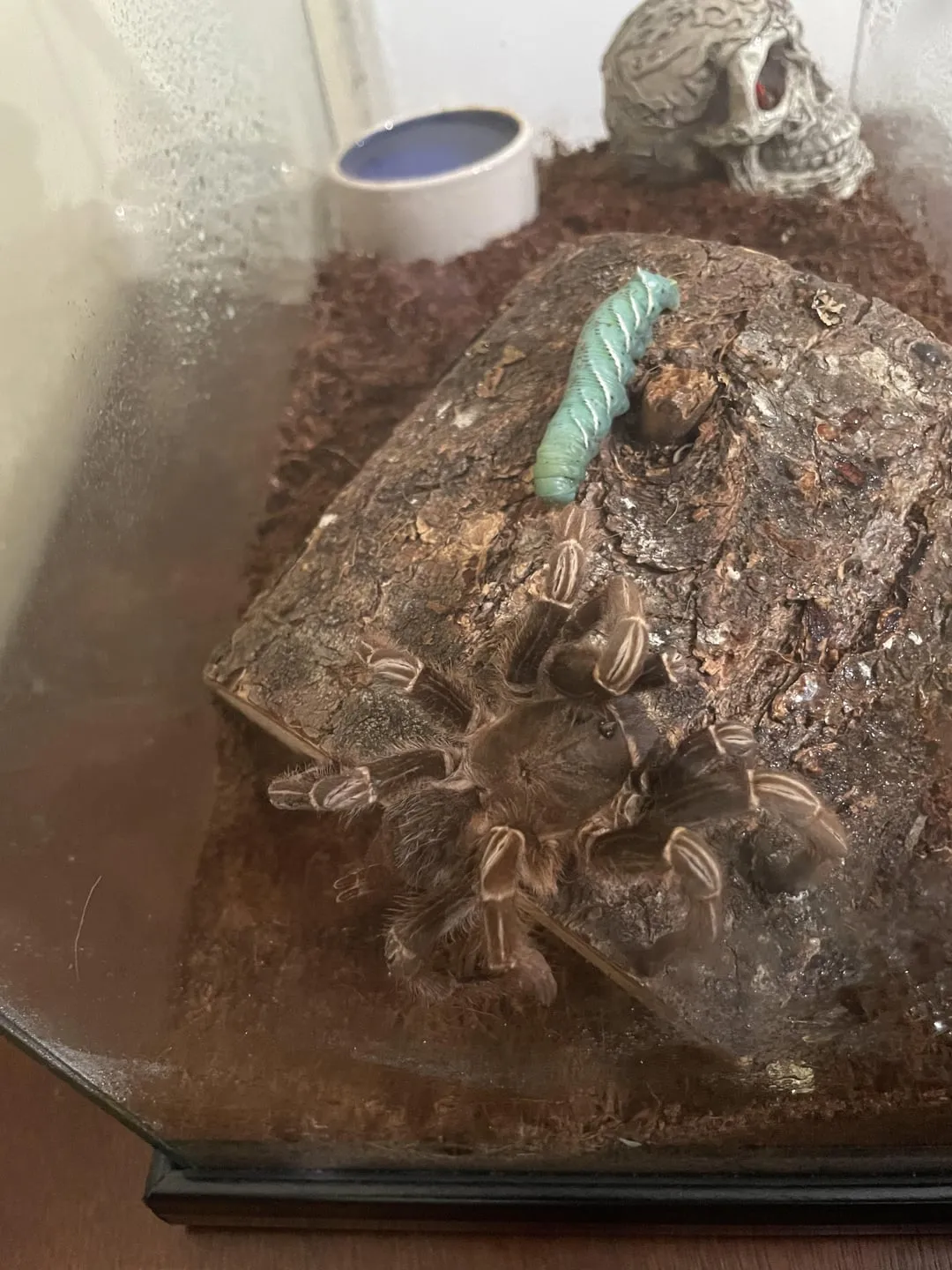Tarantula Death? Top 5 Reasons Why
The sudden demise of a beloved tarantula can be a heartbreaking experience for any pet owner. These fascinating creatures, while relatively low-maintenance, require specific care to thrive. Understanding the potential causes of tarantula death is crucial for preventing such tragedies and ensuring the well-being of your arachnid companion. This guide delves into the top 5 reasons why tarantulas might not survive, providing valuable insights and actionable advice for responsible tarantula care. From housing to diet, we’ll explore the critical factors that contribute to a long and healthy life for your eight-legged friend. By learning about these common pitfalls, you can create an optimal environment and avoid the mistakes that can lead to premature death.
Inadequate Housing
The environment in which a tarantula lives plays a pivotal role in its health and longevity. Inadequate housing is a leading cause of premature death in these pets. This encompasses several critical aspects of the enclosure, each impacting the tarantula’s physical and psychological well-being. Ensuring the enclosure meets the tarantula’s specific needs is the first step in responsible ownership. A poorly designed or maintained habitat can quickly lead to stress, illness, and ultimately, death. Attention to detail in housing setup is an investment in the life of your tarantula, creating a sanctuary where it can thrive and exhibit its natural behaviors.
Incorrect Enclosure Size
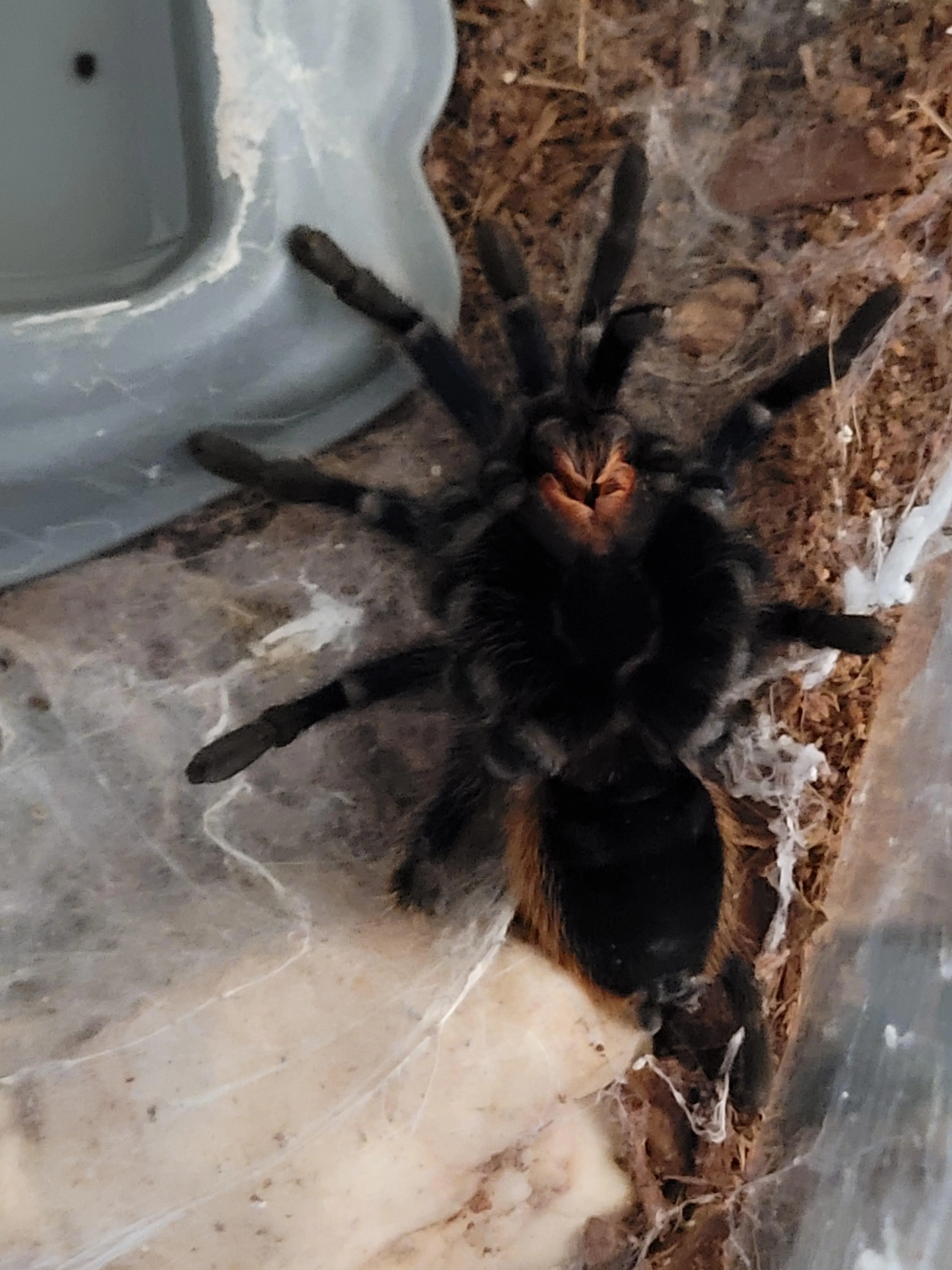
Choosing the right size enclosure is crucial for a tarantula’s well-being. A tank that is too small can restrict movement, leading to stress and hindering the tarantula’s ability to molt properly. Conversely, an enclosure that is excessively large can make it difficult for the tarantula to find food and can make it feel insecure. The general rule of thumb is to provide an enclosure that is at least twice the tarantula’s leg span in width and length, and the height should be sufficient to accommodate the tarantula’s burrowing habits or arboreal lifestyle, depending on the species. Careful consideration of the tarantula’s size and species-specific needs is essential when selecting the enclosure, preventing undue stress and promoting a healthy life.
Improper Ventilation
Adequate ventilation is often overlooked but is fundamental to a tarantula’s survival. Poor ventilation leads to the build-up of harmful gases and increases humidity, which can foster mold growth and bacterial infections. Tarantulas require a balance of air circulation to breathe properly and maintain a healthy environment within their enclosure. Cross-ventilation is ideal; this involves having ventilation holes on opposite sides of the enclosure to allow for a constant flow of fresh air. Stagnant air can quickly become a breeding ground for pathogens, posing a significant threat to the tarantula’s health. Regularly checking and ensuring proper ventilation is a simple yet critical aspect of tarantula care that can significantly extend their lifespan.
Lack of Hiding Spots
Tarantulas are naturally secretive creatures, and a lack of hiding places in their enclosure can lead to chronic stress. Providing a secure, dark space allows the tarantula to feel safe and retreat when it feels threatened or wants to molt. Without adequate hiding spots, tarantulas may become stressed, leading to a weakened immune system and increased susceptibility to illness. Suitable options include cork bark, half logs, or even commercially available tarantula hides. The hide should be appropriately sized for the tarantula and positioned in a way that allows it to feel secure. A well-placed hide is not just a luxury but a necessity for a tarantula’s psychological well-being, contributing to a longer and healthier life.
Poor Diet
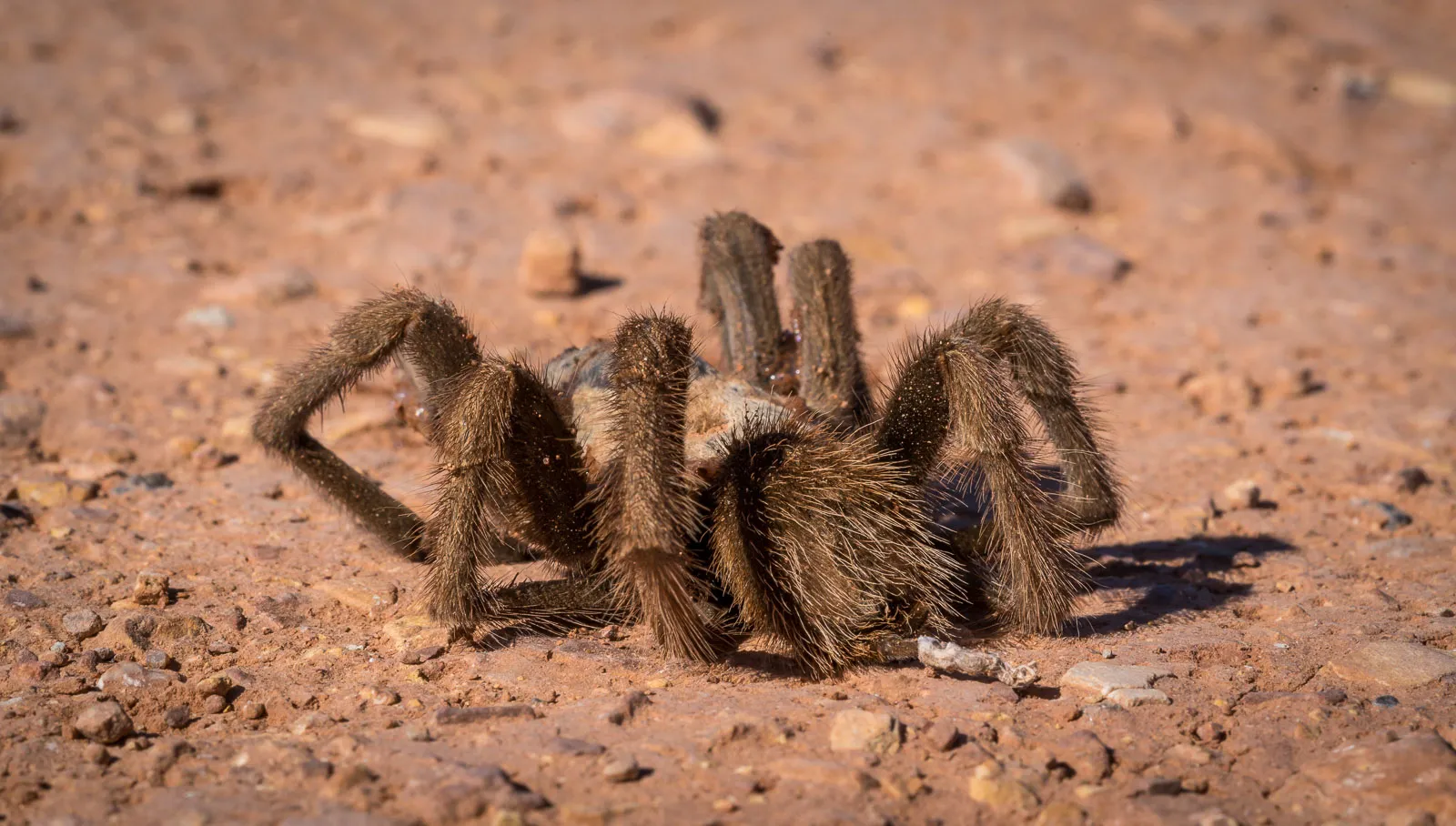
A balanced diet is as crucial for tarantulas as it is for any other pet. Nutritional deficiencies and improper feeding practices are common causes of premature death. Understanding the dietary needs of your specific tarantula species is essential for providing the correct nutrients and avoiding health problems. A poor diet can weaken the tarantula, making it vulnerable to various illnesses and reducing its overall lifespan. Providing a varied and appropriate diet will help ensure your tarantula’s health and longevity.
Nutritional Deficiencies
Just like humans, tarantulas require a balanced diet to thrive. Nutritional deficiencies can weaken their immune systems and make them susceptible to diseases. The primary food source for most tarantulas is insects, and it’s important to ensure these insects are properly gut-loaded before feeding them to your pet. Gut-loading involves feeding the insects a nutritious diet, which in turn, enriches the tarantula’s food. Supplementing the diet with vitamins and minerals, especially calcium, can be beneficial. Symptoms of nutritional deficiencies can include poor molting, lethargy, and a general decline in health. Careful attention to the nutritional content of the tarantula’s diet is essential for preventing these deficiencies and ensuring the tarantula’s well-being.
Overfeeding
While underfeeding can be detrimental, overfeeding is equally problematic. Overfeeding can lead to obesity in tarantulas, which can cause several health issues, including difficulty molting and a shortened lifespan. Overfed tarantulas may also experience a loss of appetite or exhibit lethargy. The frequency and amount of food should be adjusted based on the tarantula’s size, age, and species. Young, growing tarantulas require more frequent feeding than adults. It’s generally best to offer a small amount of food and remove any uneaten prey within 24 hours. Monitoring your tarantula’s body condition and adjusting the feeding schedule accordingly is a key aspect of responsible pet ownership.
Inadequate Hydration

Proper hydration is paramount for a tarantula’s survival. Tarantulas require access to fresh water to stay healthy and facilitate essential bodily functions. Dehydration can lead to a variety of health problems, including difficulty molting, lethargy, and even death. Providing a reliable source of water and maintaining appropriate humidity levels are fundamental aspects of tarantula care. Regular monitoring and maintenance of the water source are crucial for preventing dehydration and ensuring the tarantula’s well-being. Failure to provide adequate hydration can quickly lead to serious health complications.
Insufficient Water Access
Tarantulas must always have access to fresh, clean water. This can be provided through a shallow water dish or by moistening the substrate. The water dish should be appropriately sized to prevent the tarantula from drowning, especially for smaller specimens. Water should be changed frequently, ideally every day or two, to prevent bacterial growth. For terrestrial species, a water dish is typically sufficient, while arboreal species might benefit from a water dish and regular misting to maintain humidity. Regularly checking and refilling the water source is a simple yet essential task that can significantly impact a tarantula’s health and longevity. Neglecting to provide a clean water source can lead to dehydration and other serious health issues.
Low Humidity Levels
Maintaining the correct humidity levels is another critical aspect of hydration. Many tarantula species require specific humidity levels to molt successfully and maintain their overall health. Low humidity can lead to dehydration and can cause the tarantula’s exoskeleton to become too dry, making molting difficult. The required humidity levels vary depending on the species, so it’s essential to research your tarantula’s specific needs. Humidity can be maintained through a combination of misting, using a water dish, and providing a substrate that retains moisture. Regular monitoring with a hygrometer is recommended to ensure the humidity remains within the appropriate range. Adjusting the humidity levels as needed is an important part of responsible tarantula care, promoting healthy molts and preventing dehydration.
Exposure to Toxins or Chemicals
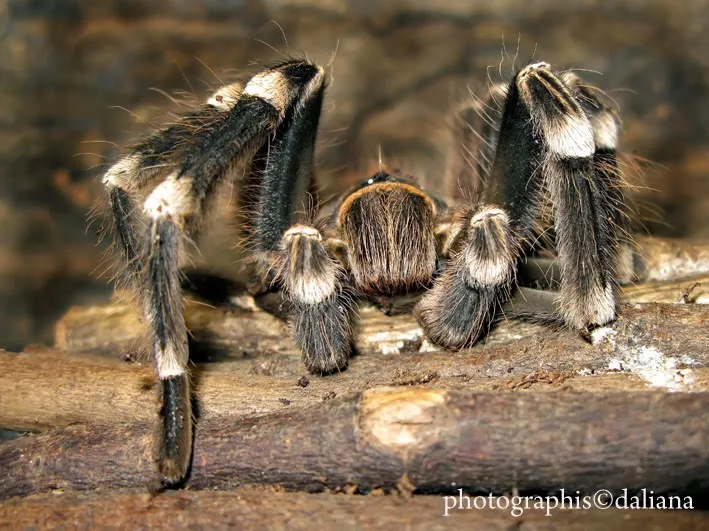
Tarantulas are highly sensitive to toxins and chemicals, making it imperative to avoid exposing them to harmful substances. Exposure to these substances can lead to immediate or delayed health problems, and in some cases, can be fatal. Creating a safe environment for your tarantula involves carefully considering the potential sources of toxins and taking precautions to minimize any risks. Vigilance and awareness of the potential dangers are key to ensuring a safe and healthy habitat for your pet. These are the most common harmful substance tarantulas must be protected from.
Pesticides and Sprays
Pesticides and household sprays pose a significant threat to tarantulas. Even small amounts of these chemicals can be lethal. Avoid using any pesticides, insecticides, or air fresheners in the same room where the tarantula enclosure is located. When cleaning the enclosure, use only water and a mild, unscented soap, ensuring that all traces of cleaning agents are thoroughly removed. Always wash your hands thoroughly before handling the tarantula or working in its enclosure. Accidental exposure to these chemicals can cause respiratory problems, paralysis, or death. Maintaining a pesticide-free environment is vital to protecting your tarantula’s health.
Toxic Substrates
The substrate, the material used to line the tarantula’s enclosure, should be carefully chosen to avoid exposure to toxic substances. Some substrates, such as cedar or pine shavings, contain oils that are harmful to tarantulas. These oils can cause respiratory irritation and potentially lead to death. The best substrates are those that are safe, absorbent, and suitable for the tarantula’s species-specific needs. Common safe options include coconut fiber, peat moss, and vermiculite. Always research the appropriate substrate for your tarantula species and ensure that it is free of chemicals and toxins. Using the correct substrate is an essential component of creating a healthy and safe environment for your pet.
Parasites and Diseases
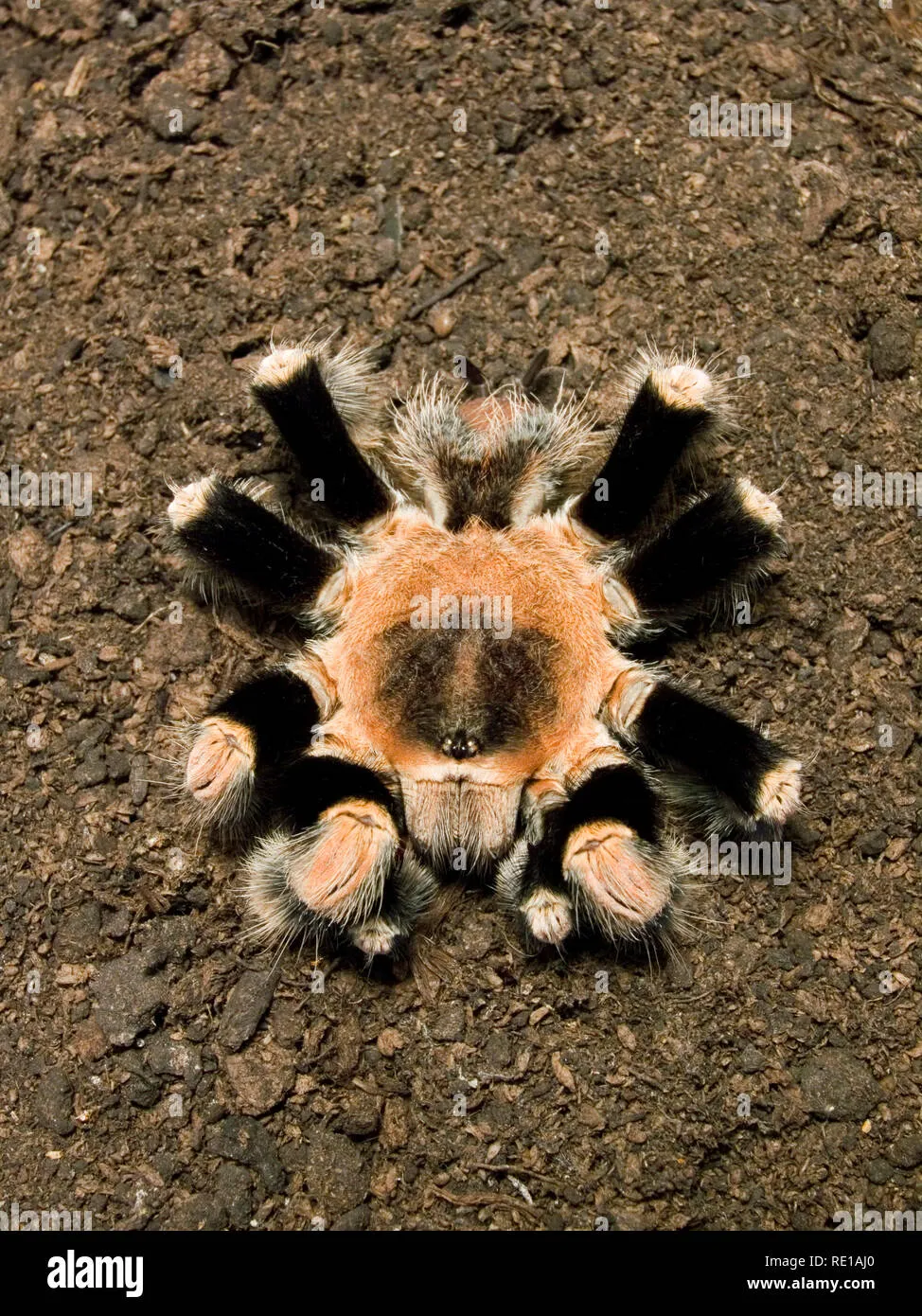
Tarantulas, like any living creature, can be affected by parasites and diseases. While tarantulas are relatively hardy, they are still vulnerable to certain health problems that can lead to illness and death. Identifying and addressing these issues promptly is crucial for the tarantula’s well-being. Regular observation and awareness of potential health concerns are essential for providing the best possible care. Early detection and treatment can significantly improve the chances of a successful recovery and extend your tarantula’s lifespan.
Mites
Mites are a common parasite that can affect tarantulas. These tiny pests feed on the tarantula’s hemolymph, causing irritation and weakness. Mite infestations can quickly spread, leading to a decline in the tarantula’s health and potentially causing death. Identifying mites early is important. They often appear as small, moving dots on the tarantula’s body, particularly around the joints and abdomen. Treatment typically involves removing the tarantula from the enclosure and cleaning it thoroughly, including replacing the substrate. Certain treatments can be used to eradicate the mites from the tarantula’s body. Maintaining good hygiene and regularly inspecting the tarantula and its enclosure can help prevent mite infestations.
Fungal Infections
Fungal infections can pose a serious threat to tarantulas, especially in environments with high humidity and poor ventilation. These infections can manifest as lesions on the tarantula’s body or respiratory problems. The development of fungal infections is often linked to pre-existing conditions, such as injuries or a weakened immune system. Preventing fungal infections involves maintaining appropriate humidity levels, ensuring good ventilation, and promptly addressing any injuries. Treatment options vary depending on the severity of the infection and often involve antifungal medications prescribed by a veterinarian. Early intervention is key to successfully treating fungal infections and preventing them from becoming life-threatening. Regular monitoring for any signs of illness is important for all tarantula owners.
In conclusion, understanding the potential causes of tarantula death is fundamental to providing optimal care and ensuring the longevity of your pet. From housing and diet to hydration and preventing exposure to toxins, each aspect of tarantula care plays a crucial role in their overall health and well-being. By being proactive in addressing these potential hazards and creating a healthy, stimulating environment, you significantly increase the chances of your tarantula thriving. Remember that responsible tarantula ownership involves continuous learning and adapting your care practices to meet the specific needs of your arachnid companion. With proper care, you can enjoy a long and fulfilling relationship with these fascinating creatures.
